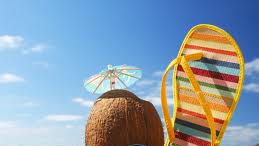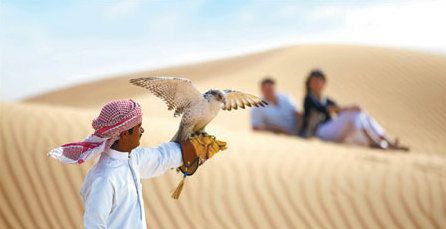世界各国奇怪的迎新年风俗
|
One of the world's oldest shared traditions, New Year's celebrations take many forms, but most cultures have one thing in common -- letting one's hair down after a long, hard year. 作为举世同庆的最古老的传统之一,新年的庆祝活动有多种形式,但大多数文化对新年的庆祝都有个共同之处——就是在度过漫长、辛劳的一年之后好好放松一下。 For much of the globe this involves sipping bubbly with friends until the sun comes up, seeing out the old year with bonfires and flares and off-key renditions of Auld Lang Syne. But others have rather more curious habits, often steeped in superstition. In Finland, say tour guides, people pour molten lead into cold water to divine the year ahead from the shape the metal sets in. If the blob represents a ship it is said to foretell travel, if it's a ball, good luck. In Denmark, people stand on chairs and jump off in unison as the clock strikes midnight, literally leaping into the new year. The Danes also throw plates at their friends' homes during the night -- the more shards you find outside your door in the morning the more popular you are said to be. The Dutch build massive bonfires with their Christmas trees and eat sugary donuts -- one of many cultures to consume round New Year's foods traditionally believed to represent good fortune. Spaniards, in turn, gobble a dozen grapes before the stroke of midnight, each fruit representing a month that will either be sweet or sour. In the Philippines, revellers wear polka dots for good luck, while in some countries of South America people don brightly coloured underwear to attract fortune -- red for love and yellow for financial success. Despite regional and cultural differences, for most the New Year's festivities are a chance to let off steam before the annual cycle starts all over again. "This is a holiday that is about relaxation and letting go," explained George Washington University sociologist Amitai Etzioni. |








